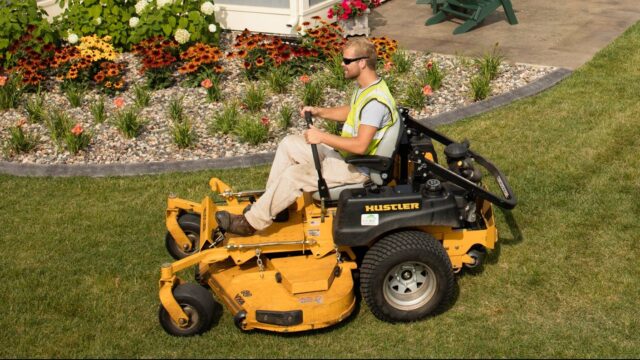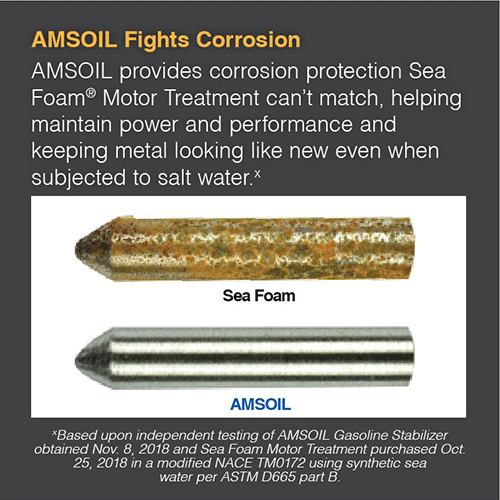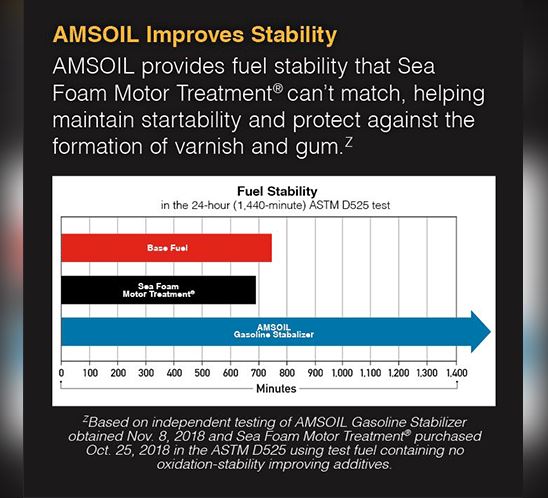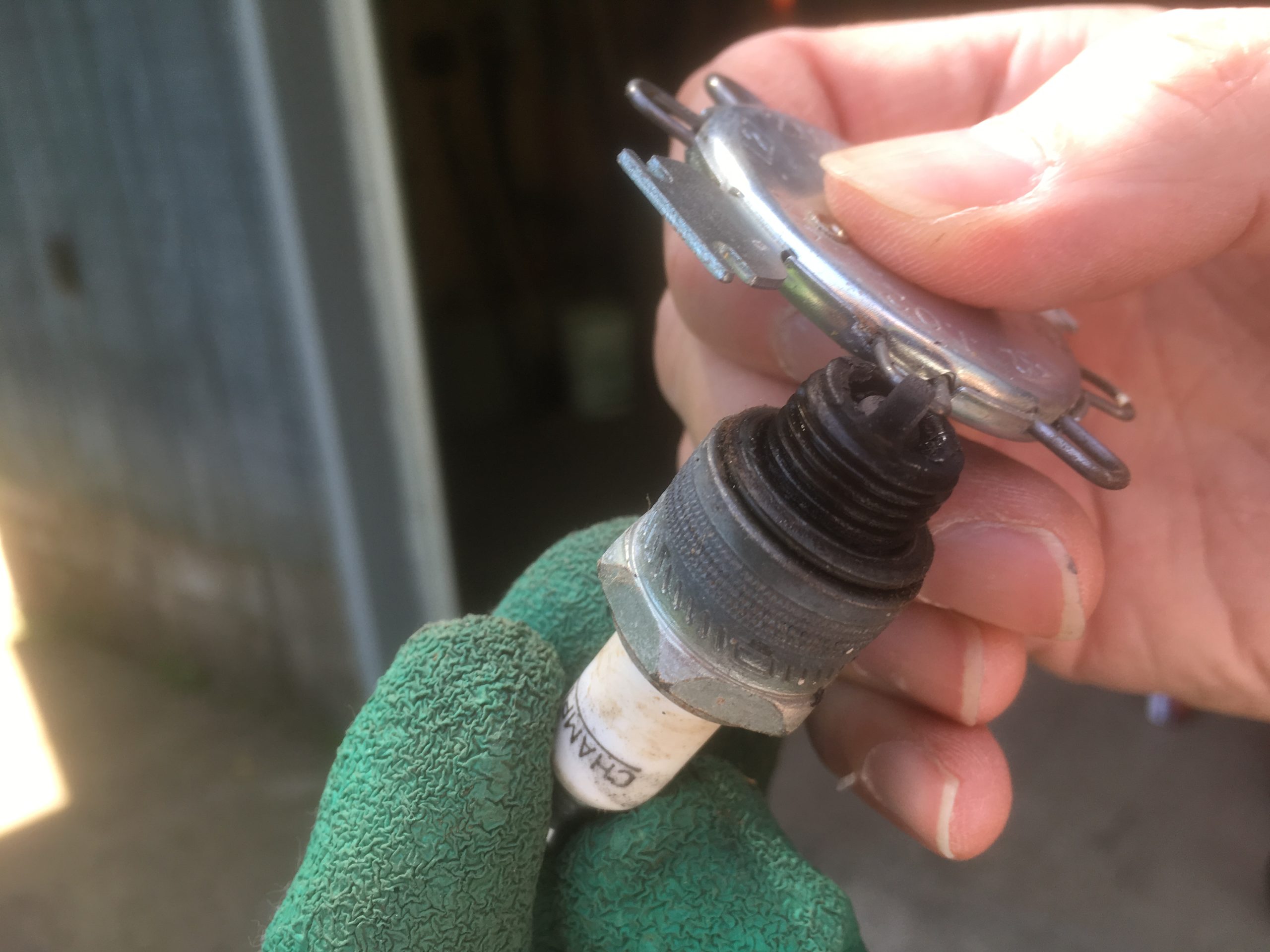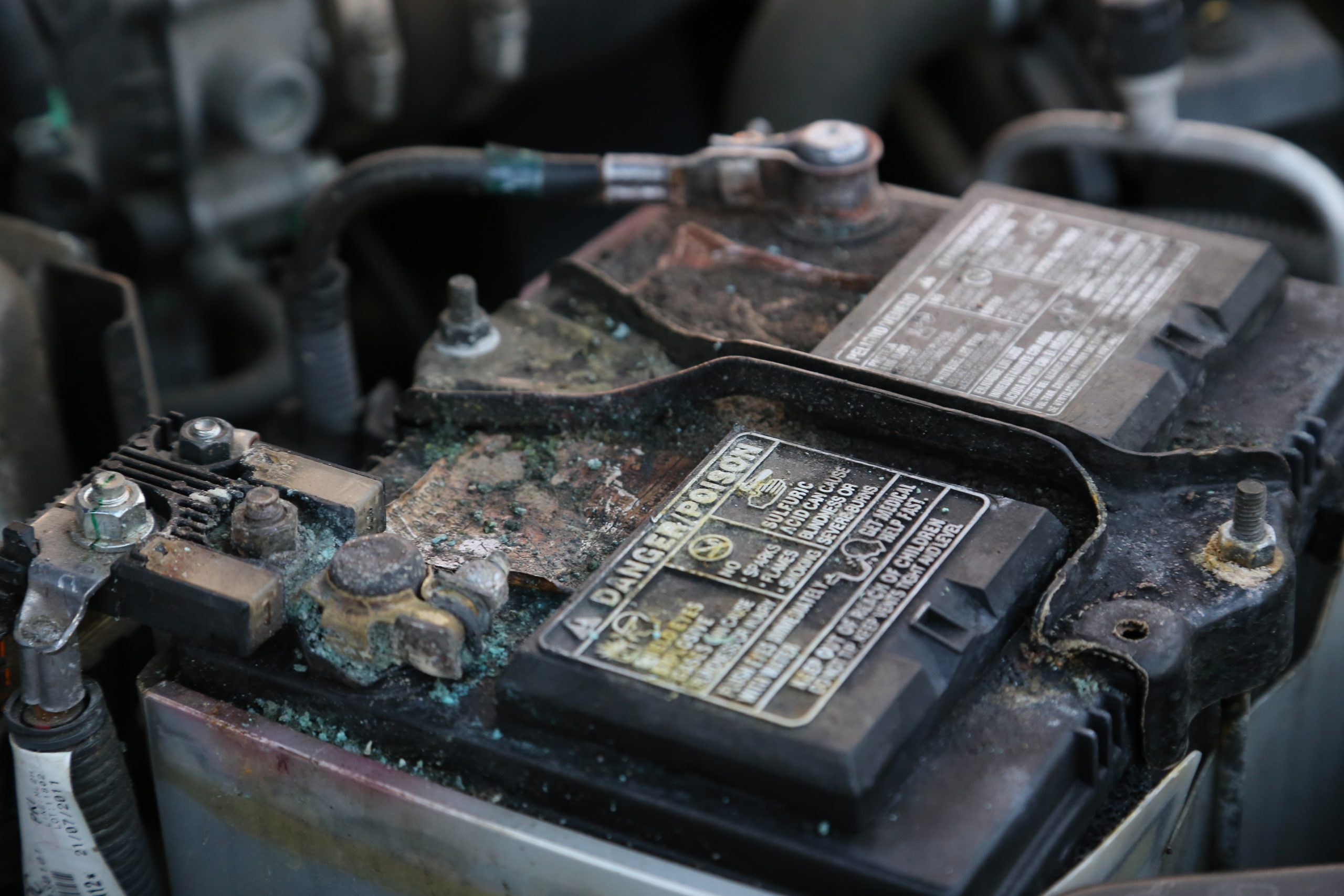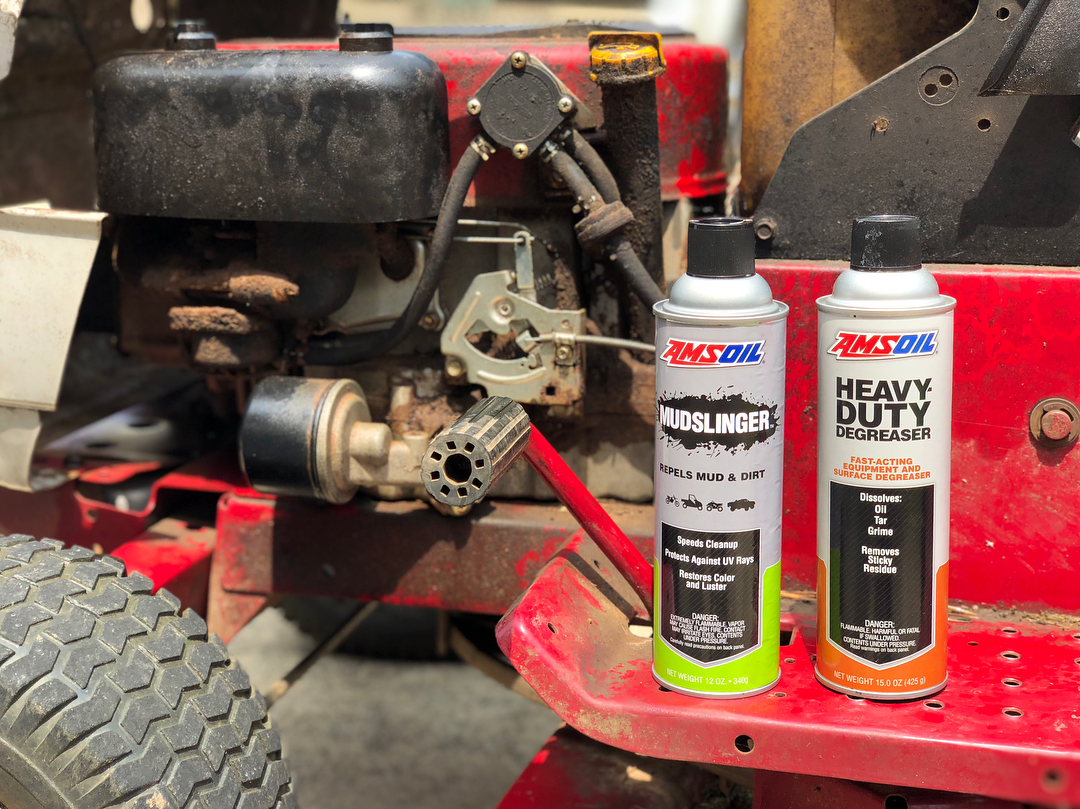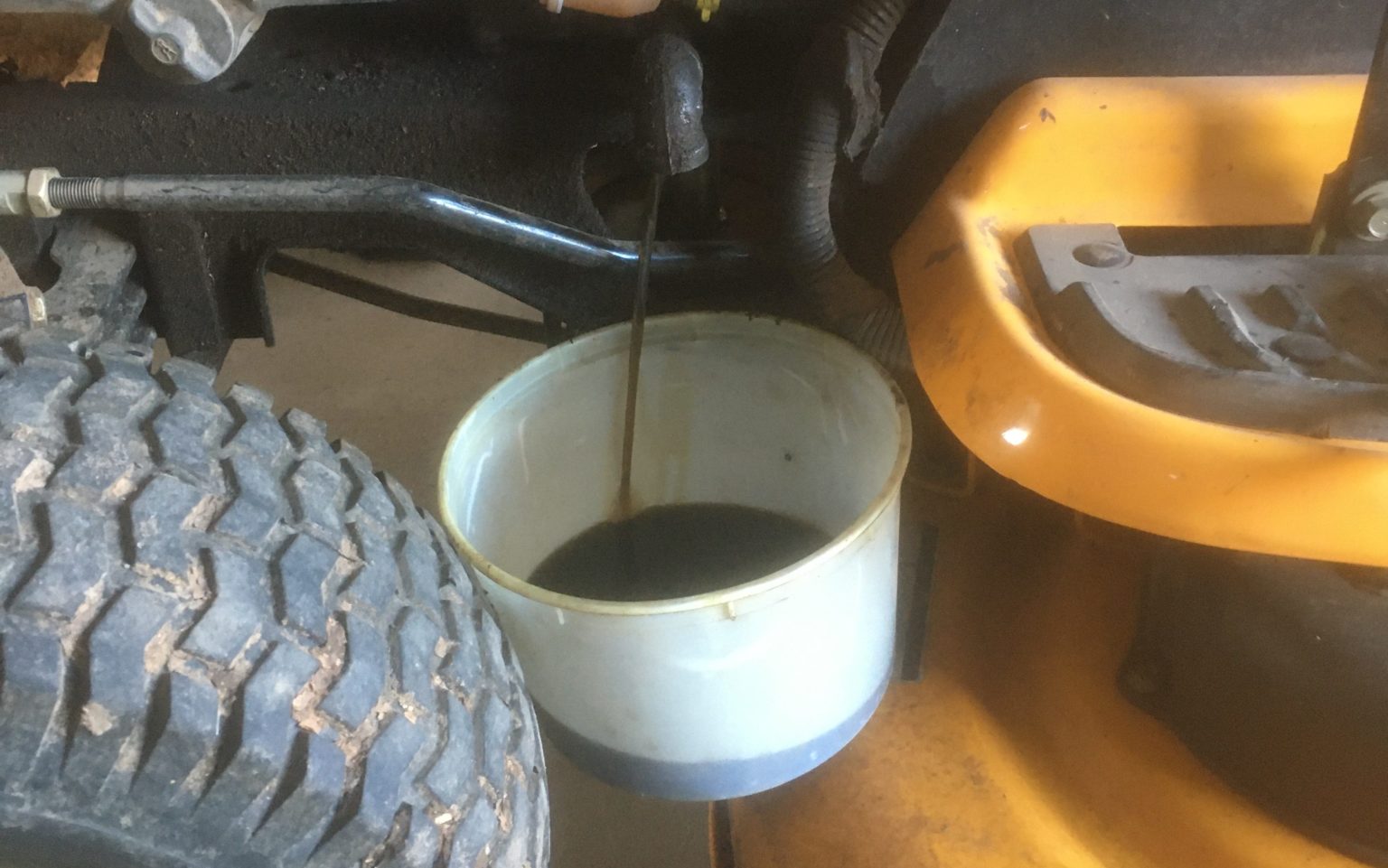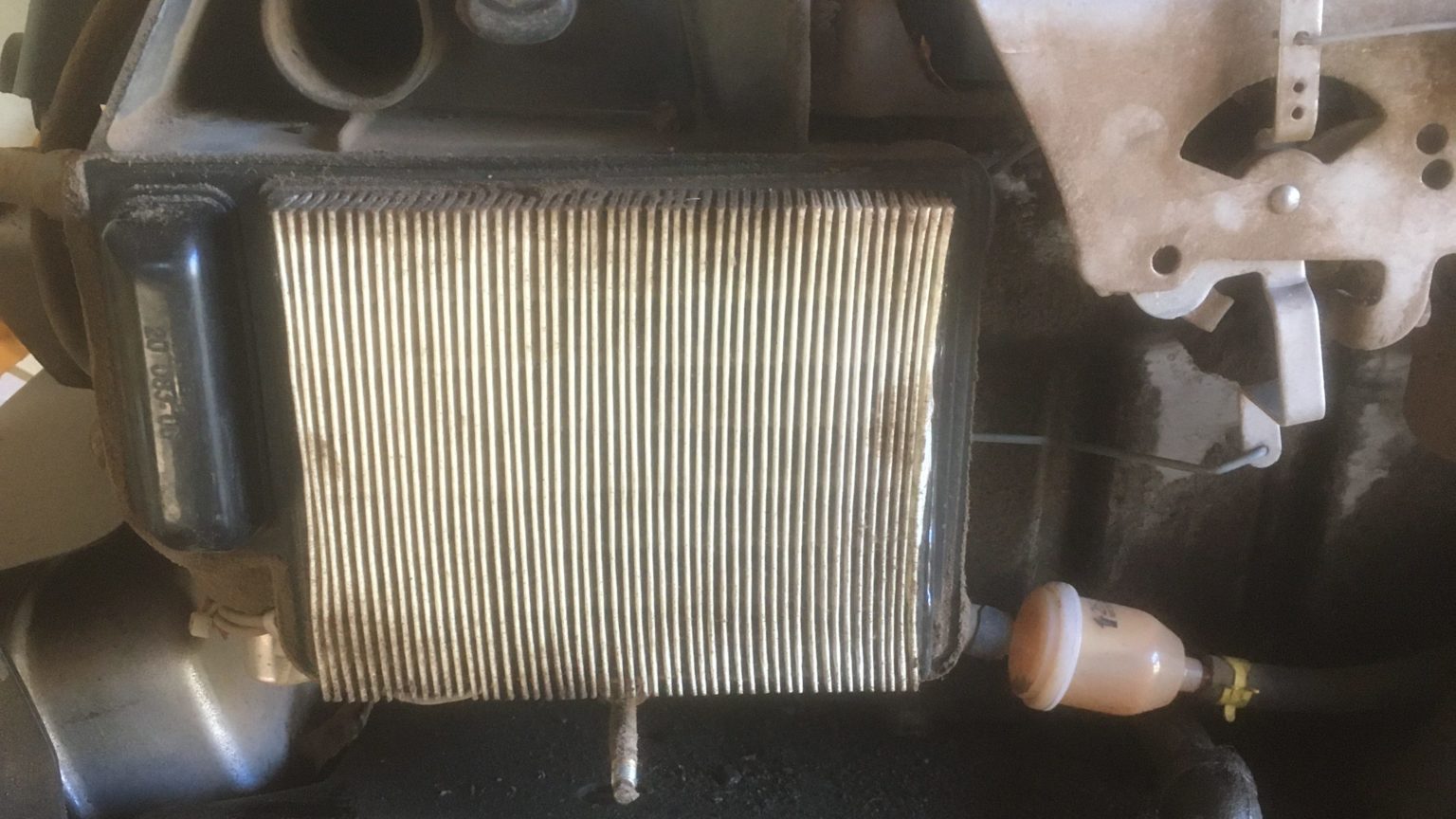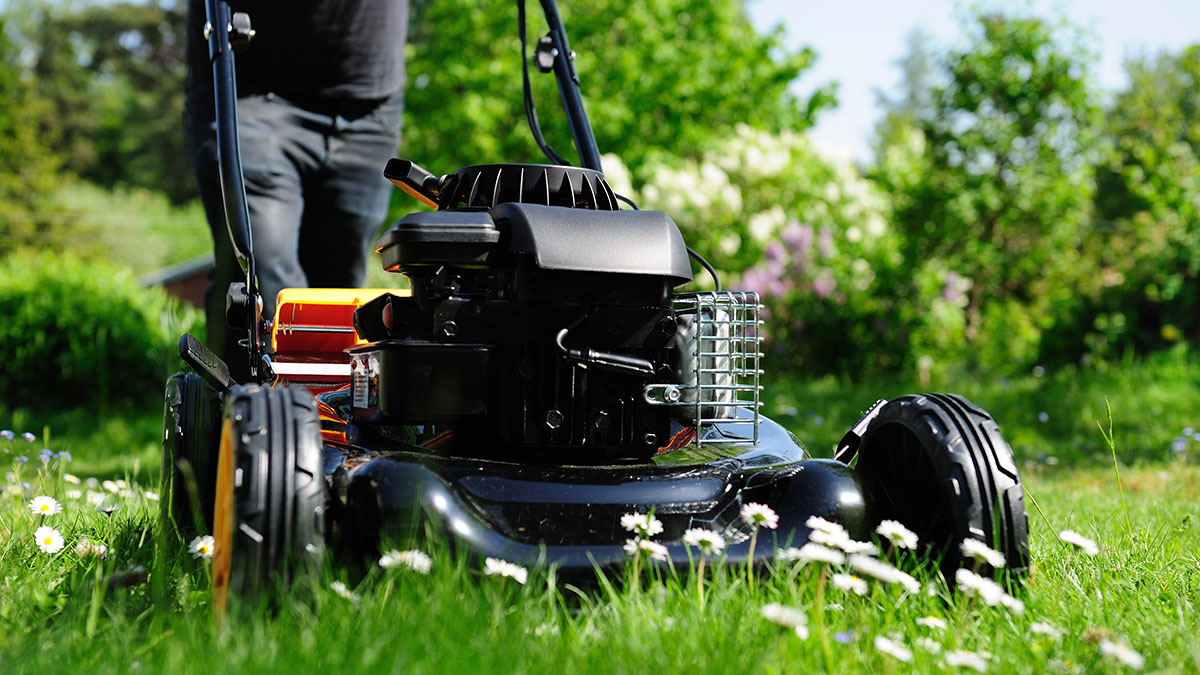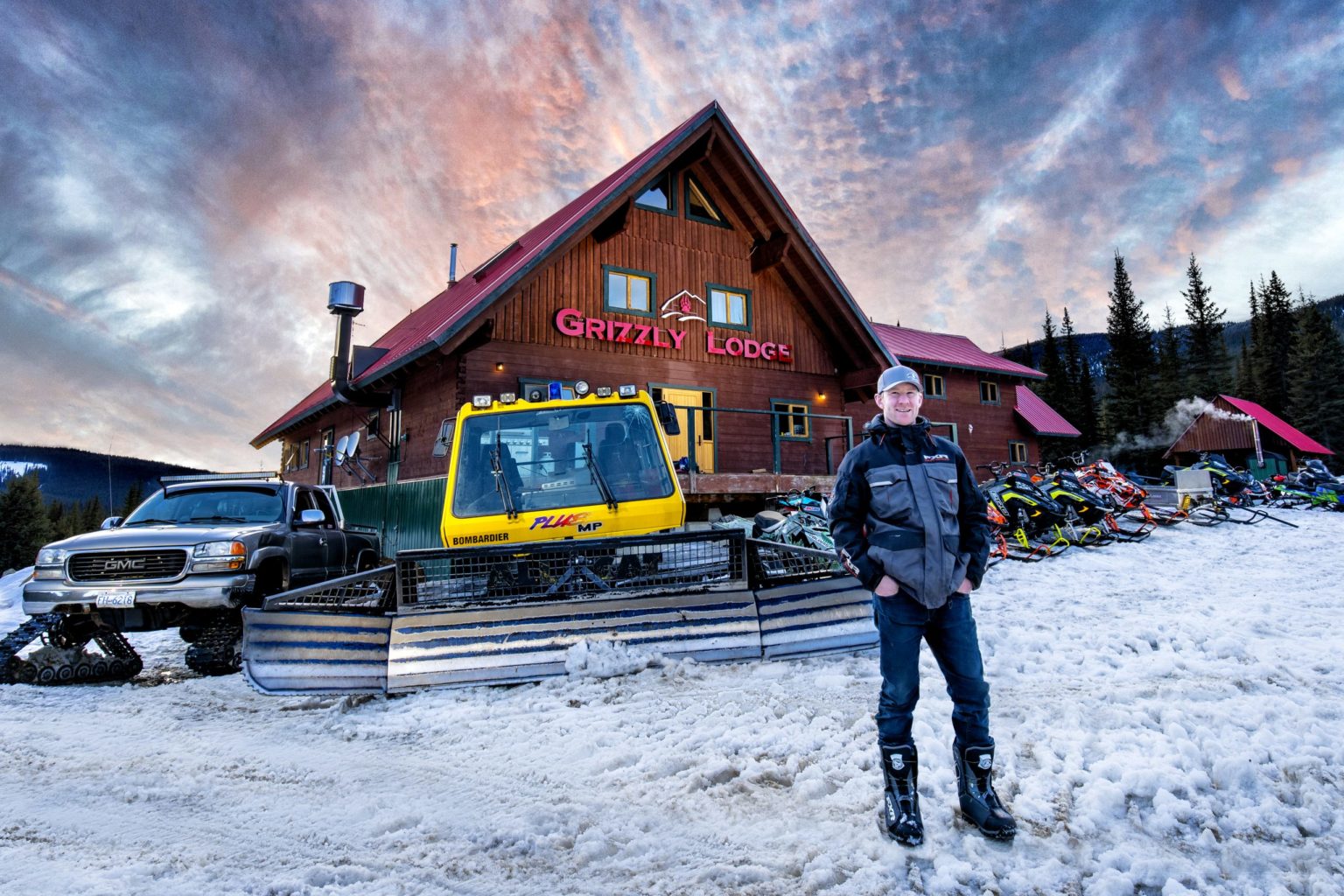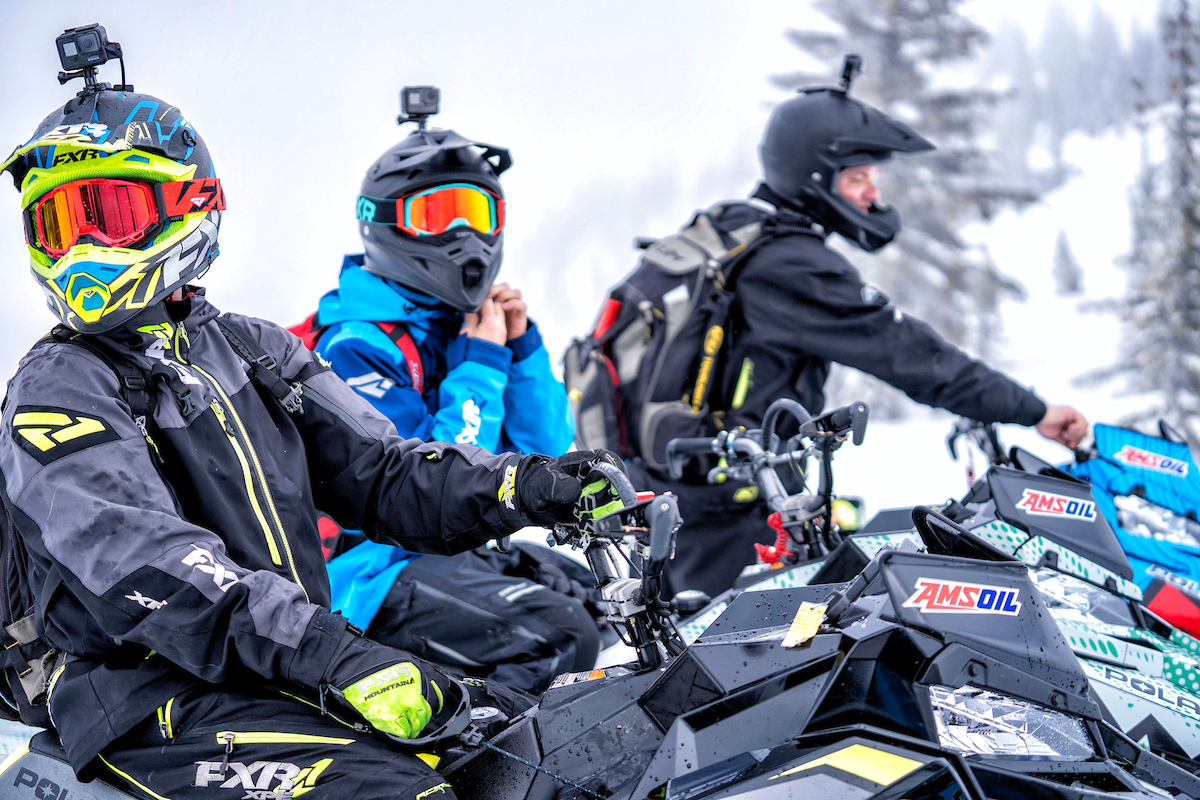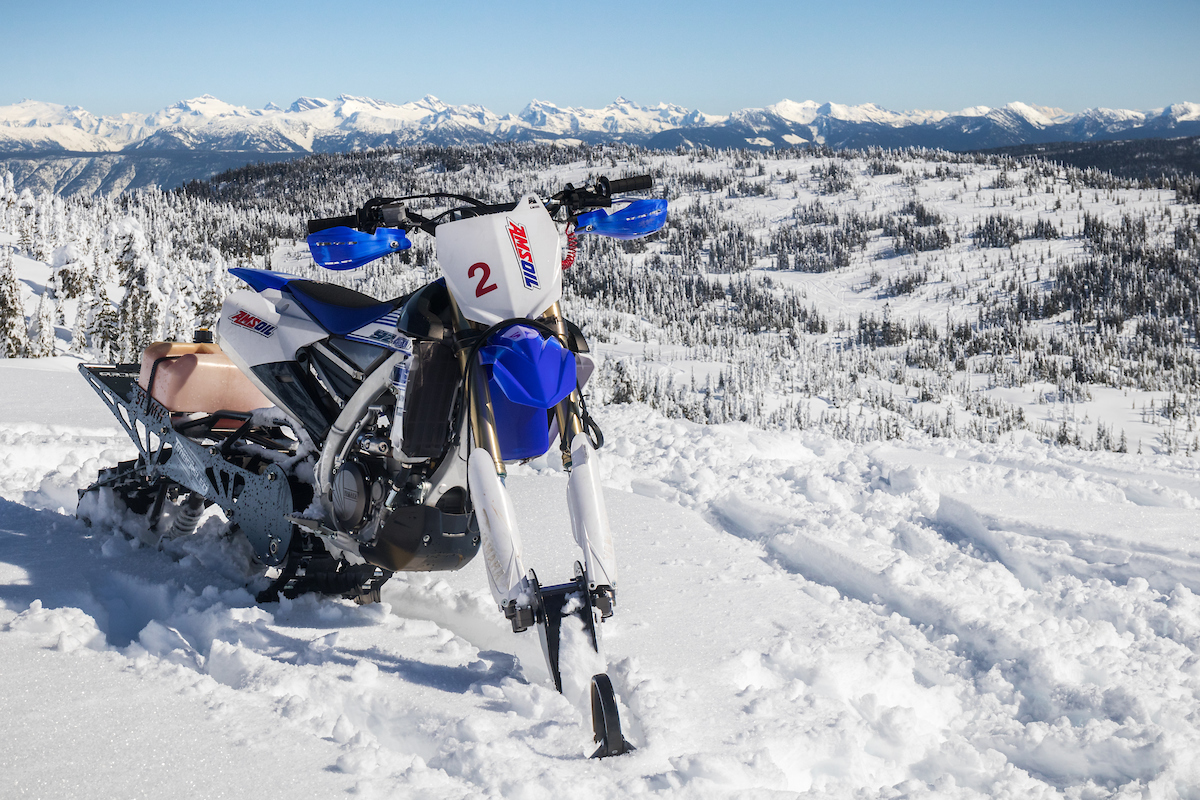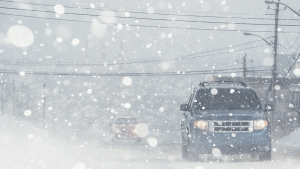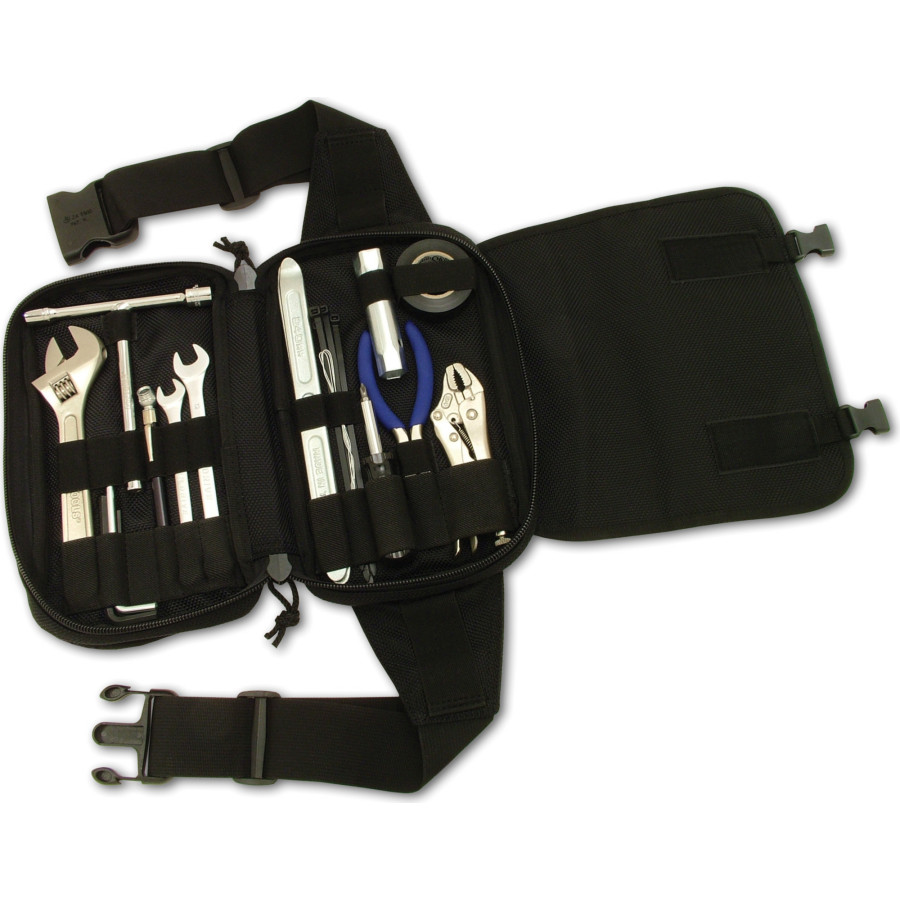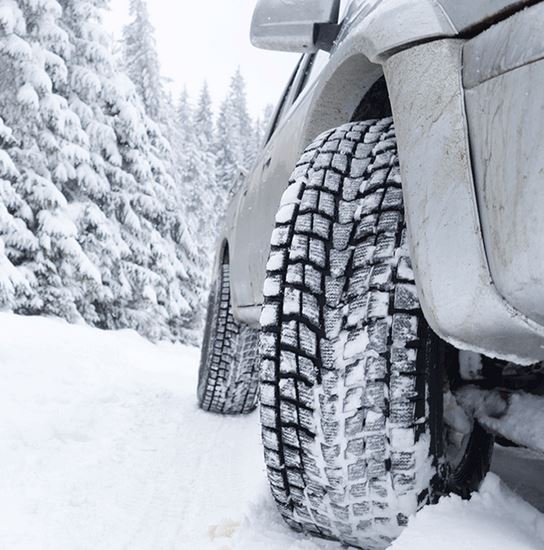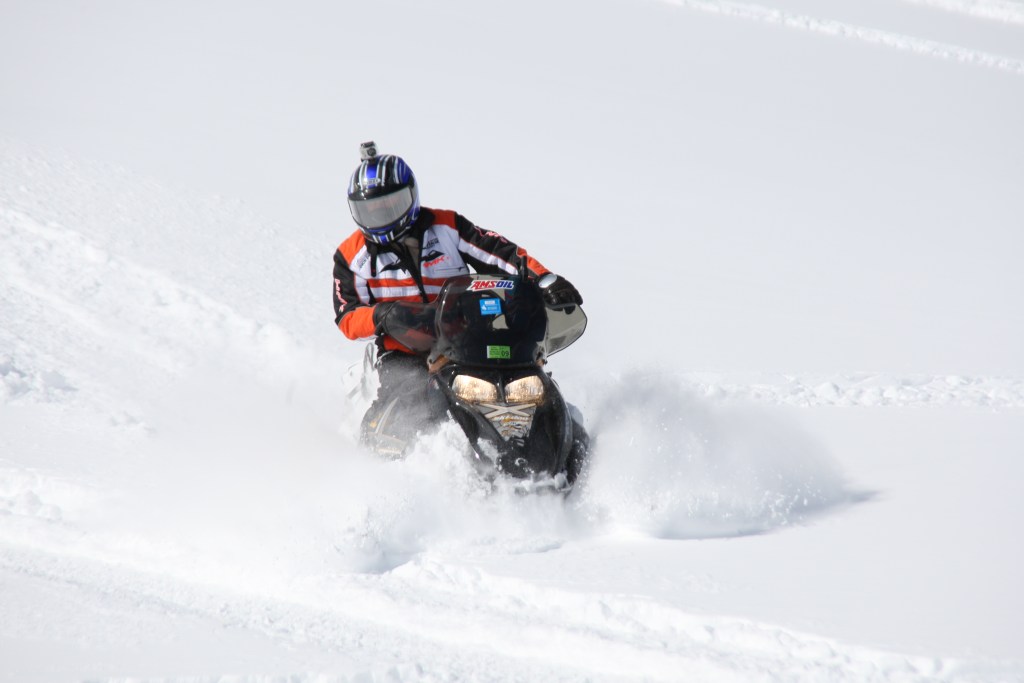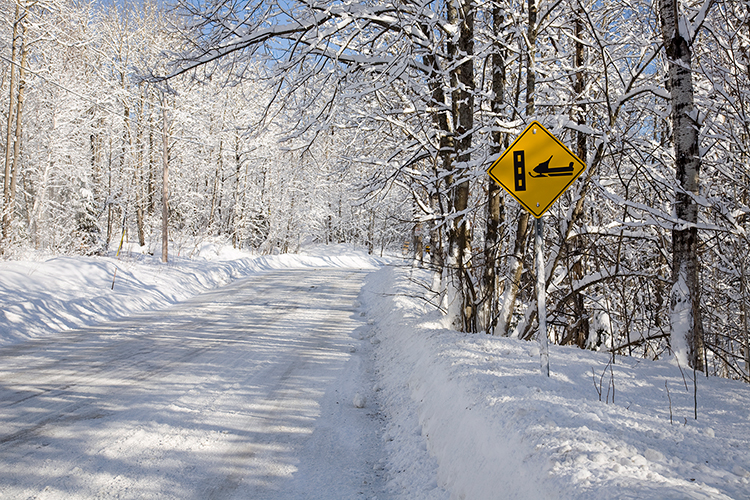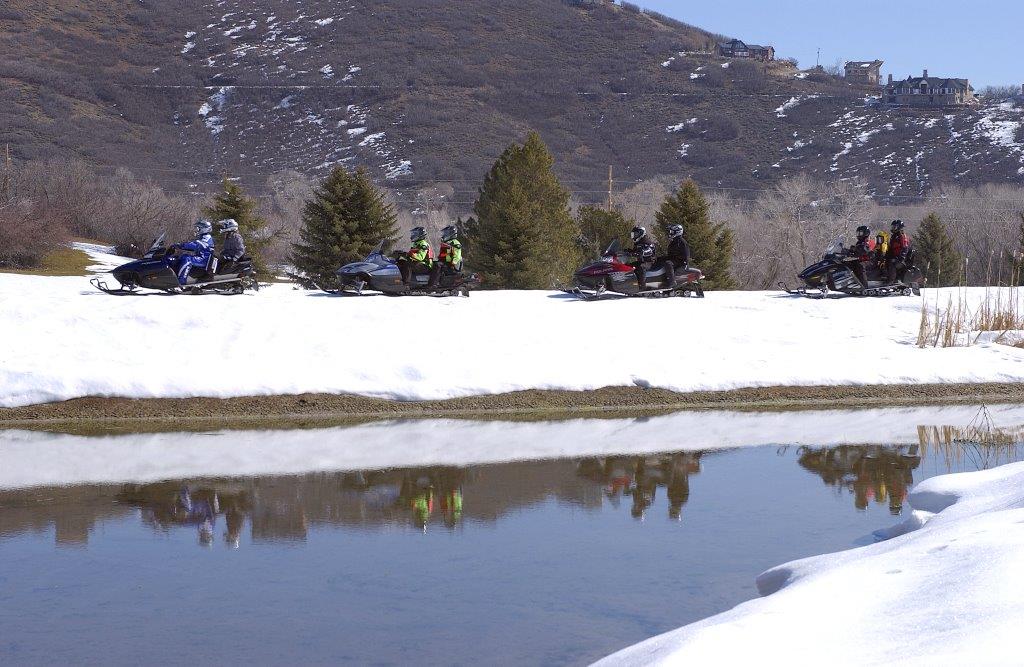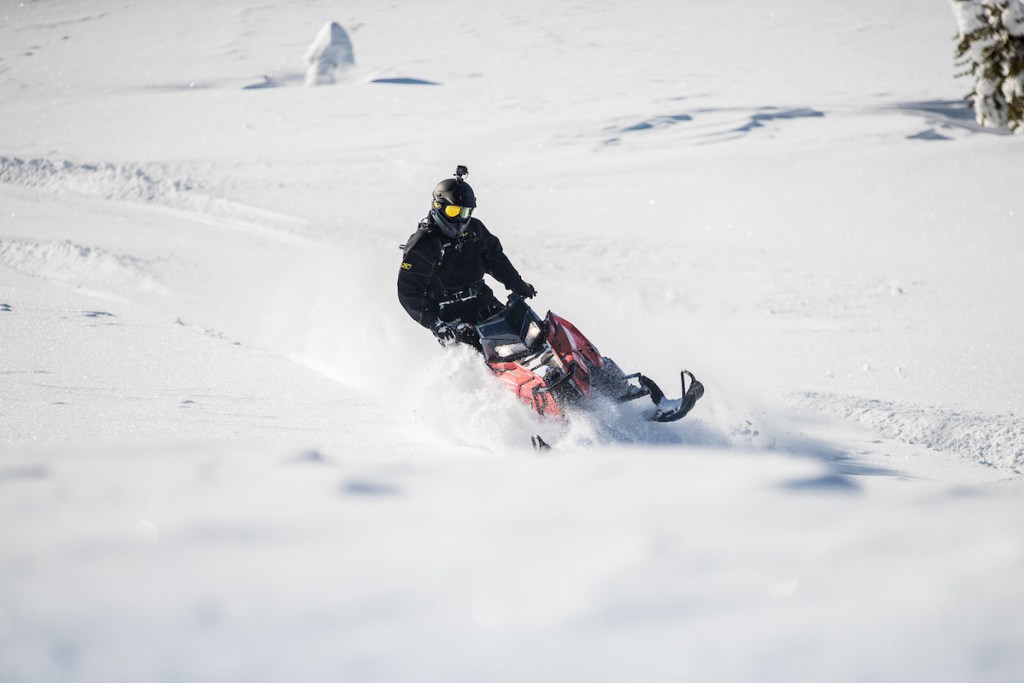What’s the Best Oil for My Snowblower?
Using a high-quality, purpose-built oil can provide extra protection for your snowblower’s engine.
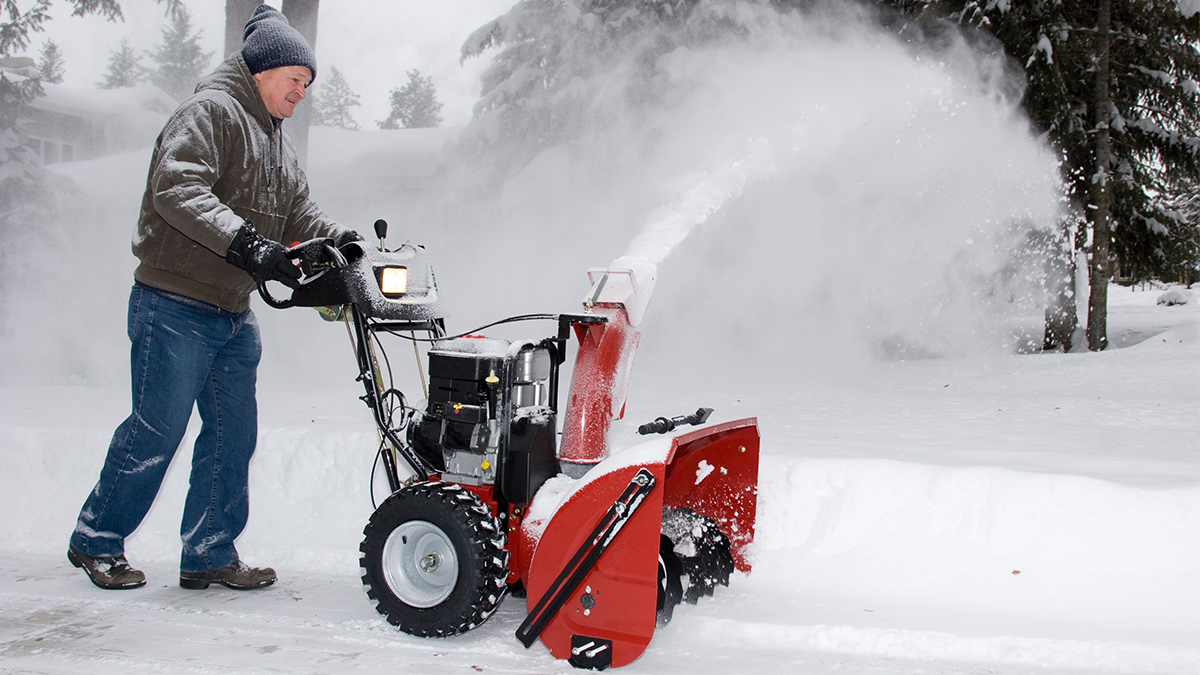
 _by Brad Nelson|November 10, 2023
_by Brad Nelson|November 10, 2023
When a snowstorm hits, you need your snowblower to fire up and help you get the job done. But snowblower engines face unique challenges that can reduce their dependability, horsepower and longevity. Fortunately, there are maintenance practices that can vastly improve reliability, including using a specially engineered small-engine oil.
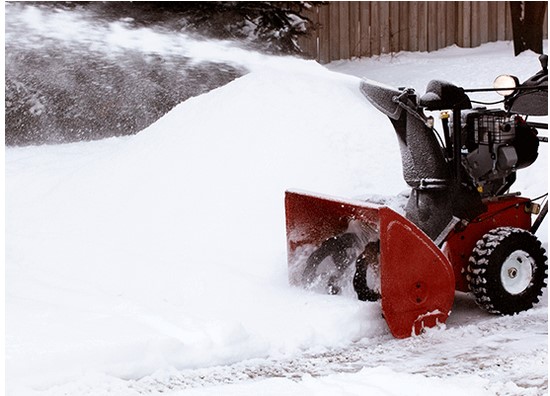
Using a high-quality, purpose-built small-engine oil can help improve the reliability and performance of your snowblower.
Tough on Oil
Although snowblower engines are used less frequently than other engines, they’re tougher on oil than most people realize.
Compared to liquid-cooled automotive engines, small engines usually lack oil filters, run hotter, operate under constant heavy load, generate more oil-damaging contaminants and are exposed to snow, water and extreme temperatures.
Snowblower engines are often stored in unheated garages or sheds where cold temperatures cause the oil to flow slower at startup, a key driver of engine wear.
Using a high-quality, purpose-built oil can provide extra protection for your snowblower’s engine, reducing the risk of component damage and prolonging its life.
However, most small-engine oils we’ve tested are nothing more than re-labeled automotive oils, which are formulated in large part to enhance fuel economy, not to survive the brutal operating conditions of a snowblower engine.

Although small engines are often used infrequently, they’re tougher on oil than most people realize.
Purpose-Built Protection
AMSOIL 100% Synthetic Small-Engine Oil isn’t a re-packaged automotive oil. We specially engineered it from the ground up for small-engine dependability. It’s built to solve the problems that plague small engines, including wear, power loss, oil consumption, harmful carbon deposits and stuck rings and valves.
Excellent Wear Protection
AMSOIL Synthetic Small-Engine Oil is a shear-stable, high-film-strength formulation fortified with a heavy dose of anti-wear additives. It does not thin out due to mechanical shear, ensuring a thick lubricating film. It forms a durable barrier that protects against metal-to-metal contact.

Formulated for Power
Engine wear, carbon deposits, valve sticking and piston-ring sticking reduce engine power. AMSOIL Synthetic Small-Engine Oil prevents ring and valve sticking while helping eliminate carbon deposits from forming. As a result, engines produce maximum power throughout their service lives, helping you move more snow faster.
Extreme-Temperature Performance
AMSOIL 100% Synthetic Small-Engine Oil is formulated with a saturated molecular structure that offers outstanding extreme-heat resistance.
In addition, we’ve fortified the oil with potent antioxidant additives that provide further resistance to damaging heat.
Its powerful detergent additives fight carbon, varnish and sludge to maximize engine life.
In extreme cold, the oil’s naturally high viscosity index and lack of paraffins (waxes) ensure it remains fluid and flows quickly, providing easier cold-weather starts and fast startup lubrication for reduced wear.
Reduces Oil Consumption
In lab testing, AMSOIL 10W-30 Synthetic Small-Engine Oil reduced oil consumption 61% compared to three leading 10W-30/SAE 30 motor oils.¹
Its heat-resistant synthetic base oils provide low volatility, excellent viscosity stability and strong oxidation resistance.
Engines run longer between top-offs, providing peace of mind your engine won’t fail due to oil starvation and will run dependably.
Let it Snow
Prepare your snowblower engine for the next big storm with a specially engineered small-engine oil. AMSOIL 100% Synthetic Small-Engine Oil provides extra protection for your snowblower engine so you can throw snow like its no big deal all winter long.
¹Based on 125-hour lab tests of small engines using AMSOIL 10W-30 Synthetic Small-Engine Oil and three leading 10W-30/SAE 30 motor oils.
